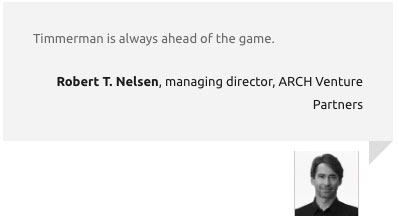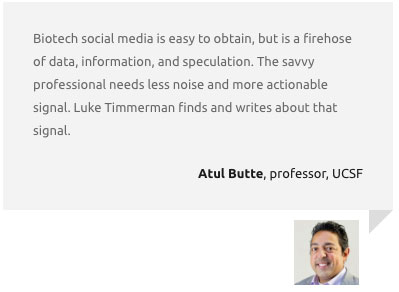Get In-depth Biotech Coverage with Timmerman Report.
10
Sep
2024
Amy Abernethy, Brad Hirsch Aim for Better Medical Evidence With Highlander Health
Please subscribe and tell your friends why it’s worthwhile. Quality journalism costs money. When you subscribe to Timmerman Report at $199 per year, you reward quality independent biotech reporting, and encourage more.




































































